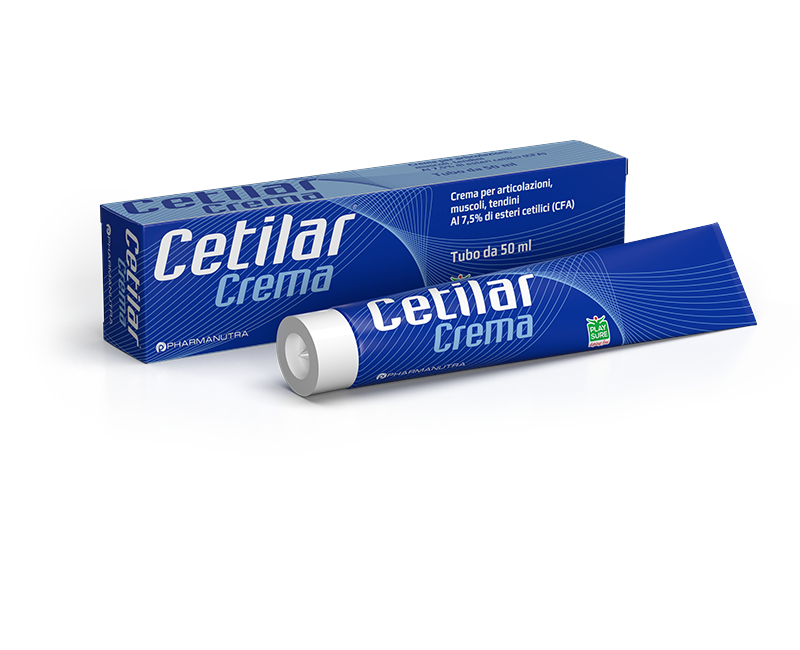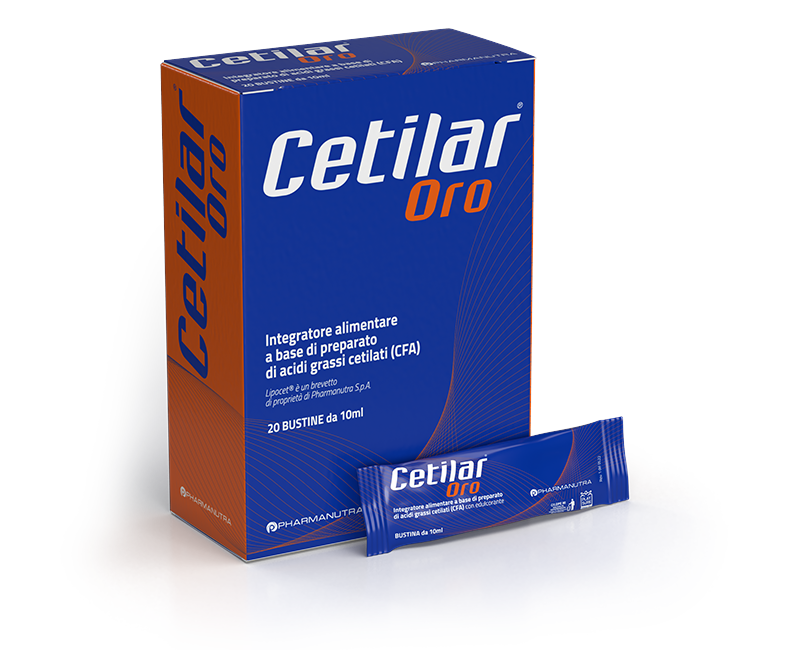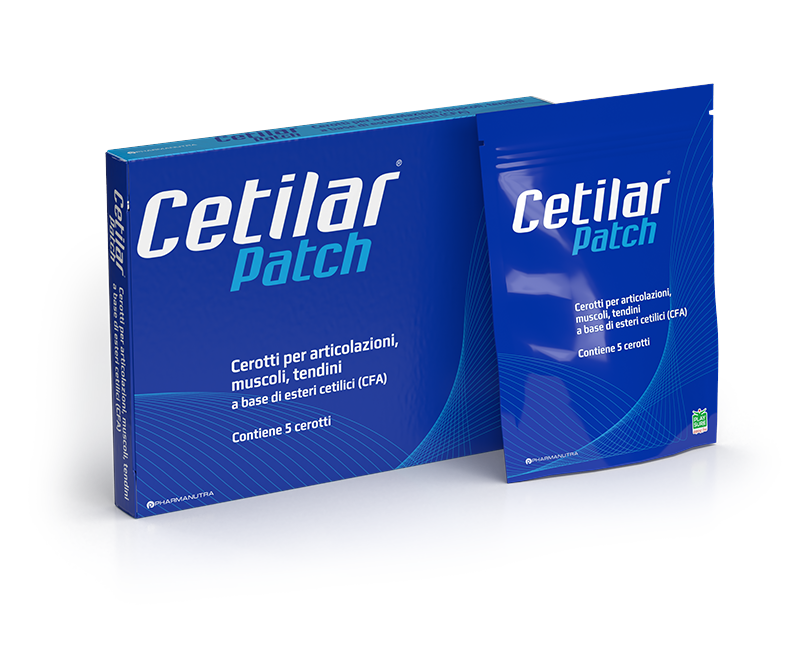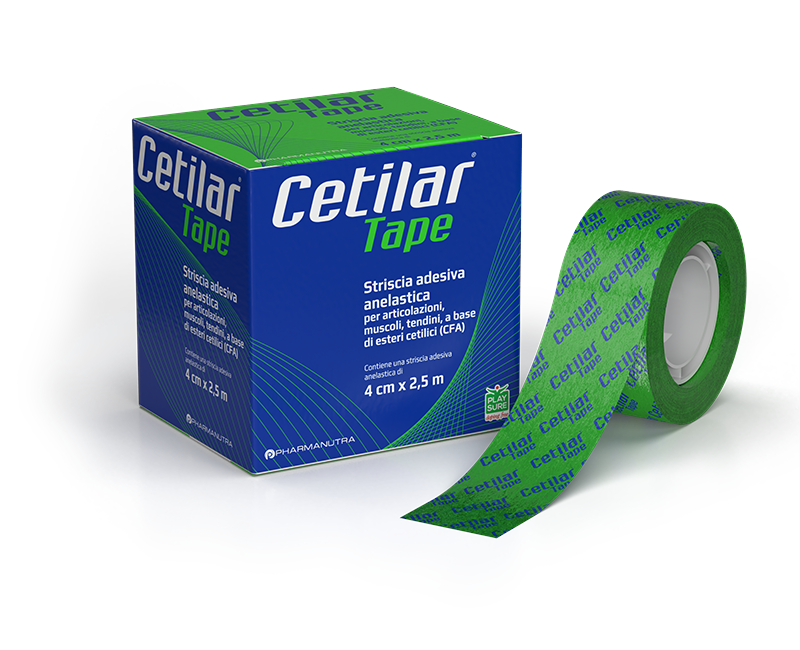Osteoarthrosis: from the first symptoms to the physiotherapy programme
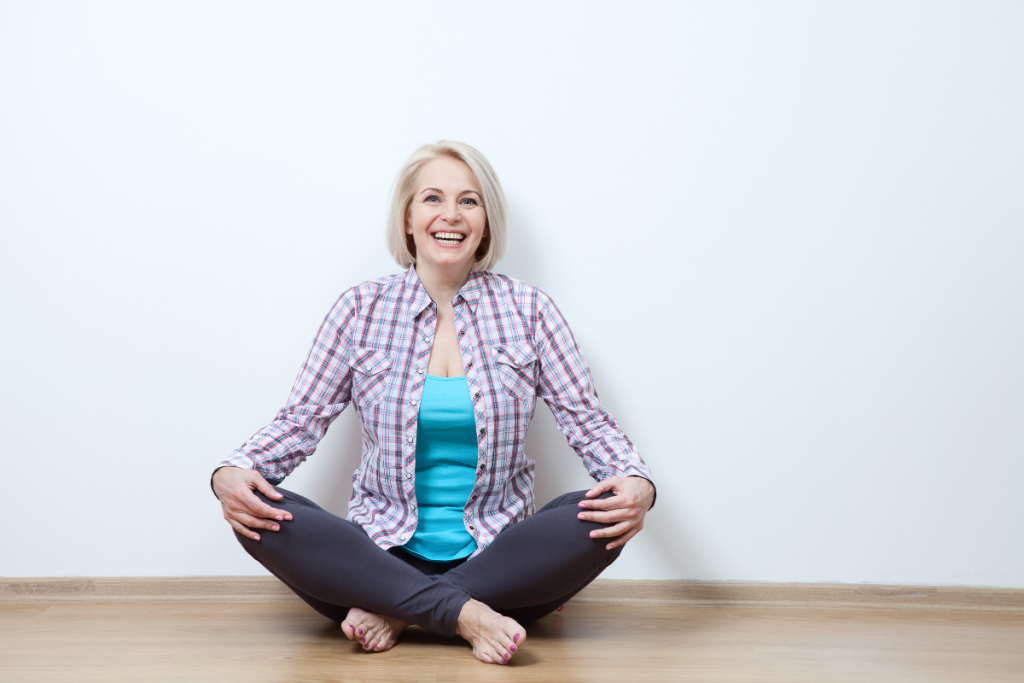
As the average age increases, degenerative diseases of the skeletal system are becoming increasingly important and interesting. While for the upper body these disorders mainly affect the muscular-tendinous structures, degenerative changes in the lower limbs mainly affect the bone and joint cartilage.
Among these, osteoarthrosis (not to be confused with arthritis, which is a different disorder, despite some common symptoms) is the most common after the age of 50, due to the wear and tear of joint cartilage, specifically of the knee, hip and hands.
In this article we will explain how to recognise joint pain caused by osteoarthrosis, the differences between arthrosis and arthritis and how to alleviate the symptoms with physiotherapy and some useful exercises. If you have any questions, you can contact our physiotherapists by writing to [email protected].
Not just joint pain: what is osteoarthritis?
Among degenerative skeletal diseases, osteoarthrosis, or more simply arthrosis, is the most common and is a significant cause of pain and disability, as it causes a gradual but significant reduction in movement. Osteoarthrosis is in fact a chronic painful, non-inflammatory arthropathy (i.e., a pathology related to a joint), which is anatomically associated with degenerative changes in joint cartilage
Osteoarthrosis is classified into four stages, from 1 to 4, depending on the joint damage, which can only be verified using radiography.
- Stage 1 and 2 arthrosis: it is important to undergo a specific rehabilitation programme early and consistently in order to delay the onset of serious symptoms and joint stiffness as much as possible.
- Stage 3 arthrosis: in this case the limitation of joint mobility is already significant, but ongoing physiotherapy can help to keep the progressive reduction of movement stable and improve quality of life, while waiting for a decision on surgery.
- Stage 4 arthrosis: is the most serious stage, requiring replacement surgery, which is now a very common solution, especially in the case of knee or hip replacements.
The causes of primary and secondary arthrosis
Depending on the specific causes, osteoarthrosis is classified into primary arthrosis and secondary arthrosis.
Primitive osteoarthrosis occurs without any apparent cause, usually as a result of wear and tear due to ageing, in joints that have been healthy up to that point.
Secondary osteoarthrosis however occurs as a result of specific events that alter the cartilage microenvironment: a major trauma or fracture, an infectious or inflammatory process, congenital joint abnormalities, metabolic defects, endocrine or neuropathic disorders, to name but a few.
Symptoms and areas of the body most prone to osteoarthrosis
Osteoarthrosis is a degenerative process that can affect various joints in the body, particularly those subject to the greatest daily load. It is therefore quite normal that the hips and knees are the most affected joints. Other areas prone to arthrosis are the hands, where the most common forms are rizoarthrosis and nodal arthrosis, and less frequently the shoulder, elbow, and wrist.
The pain is the most frequent symptom of osteoarthrosis, often described as dull and deep. Initially it increases with load and decreases with rest, but in more advanced stages it can become constant. Another important symptom is joint stiffness, especially in the morning on waking up or after a period of inactivity.
At what age does arthrosis begin? A few statistics
Occurrence of arthrosis after the age of 65 is 60% in men and 70% in women. Even in the next lower age group, between 50 and 65, there is a high frequency of occurrence due to the normal ageing process of the joint cartilage. More rarely, primary osteoarthrosis affects people under the age of 40; in these cases, they are generally people who have been involved in competitive sports for a long time.
The difference between arthritis and arthrosis
Arthrosis and arthritis are two different diseases, although they may have points and symptoms in common. In fact, arthritis is an inflammatory disease, i.e., caused by an inflammatory process in the joint. In addition to pain and stiffness, which are also common to arthrosis, arthritis is characterised by swelling and heat sensation. The pain can be present even when resting – unlike arthrosis (at least in its least severe forms) – and can also affect young people, which is not common in arthrosis. Furthermore, arthritis can also be caused by autoimmune and rheumatic diseases, such as Rheumatoid Arthritis, Gout or Lupus.
Physiotherapy for osteoarthrosis: what the rehabilitation programme involves
All treatments for osteoarthrosis involve a specific rehabilitation programme, which has four main goals:
- pain management;
- recovery of joint function, i.e., recovery of a functionally useful and pain-free articulation, efficient musculature and good proprioception;
- reduction of disability;
- improving quality of life.
This programme is especially useful as a treatment in stages 1 and 2 of arthrosis, when joint damage to the cartilage has not yet reached a level that is too severe.
In advanced stages, when possible, surgery is the best option. However, often conservative treatment of osteoarthrosis, for example in the case of hip arthrosis, is the only therapeutic solution for the patient or in many cases represents a temporary solution, with the aim of postponing replacement surgery.
During physiotherapy the steps are as follows:
- Treating the pain, using manual and instrumental therapy techniques, and providing guidance to the patient on how not to stress the joint further.
- Therapeutic exercise and physical activity specifically for the treatment of osteoarthrosis. Therapeutic exercise not only reduces pain and improves function, but also partially recovers articulation, strengthens the stabilising muscles around the joint and improves coordination (proprioceptive re-education).
Rehabilitation treatment following surgery is even more important, to recover the functionality of the joint, strengthen the muscles and regain independence.
Useful exercises and tips in the early stages of knee arthrosis and hip arthrosis
In case of arthrosis of the hip or knee in the early stages (stage 1 or 2), the physiotherapy programme should consist of:
- pain-free cardiovascular aerobic exercise, such as cycling or walking outdoors (alternatively using an exercise bike or treadmill in the gym) and swimming, which keeps the weight off the joint.
- Stretching and joint mobility exercises to relieve stiffness.
- Muscle-strengthening exercises, particularly for the glutes, quadriceps and ischiocrural muscles (the back of the thigh).
- Core Stability exercises, with the aim of strengthening all the muscle structures in the centre of the body and allowing a correct posture to be maintained.
- If necessary, a healthy, balanced diet aimed at gradual weight loss.
These exercises must be personalised and set up together with a physiotherapist or a graduate in Sport and Exercise Sciences experienced in rehabilitation, who will know how to adjust the loads and rest times according to the clinical condition and age of the person suffering from arthrosis.
